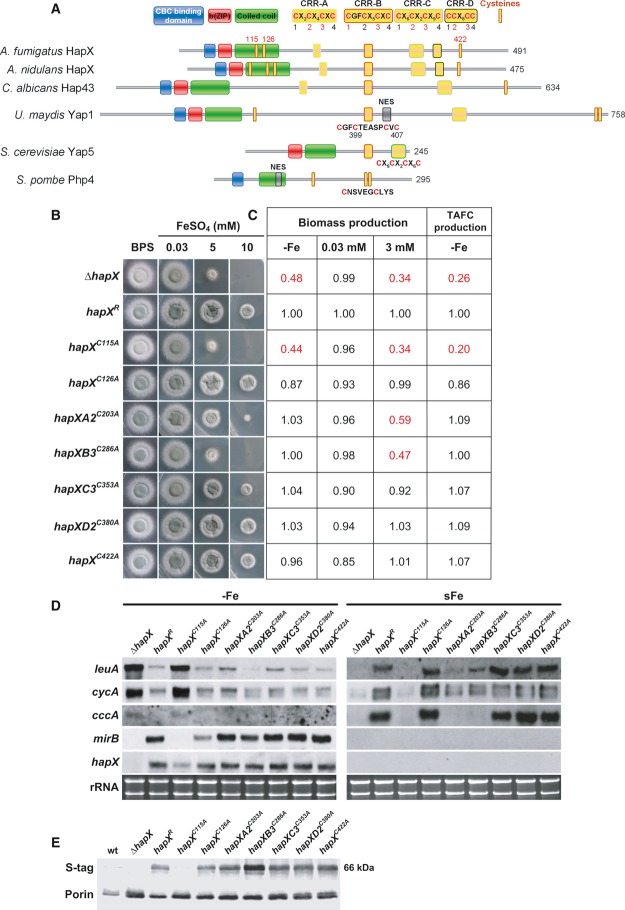Figure 4. CRR-B and, to a lesser degree, CRR-A are crucial for iron detoxification but not adaptation to iron starvation.
- Schematic view of the HapX Cys and domain organization including comparisons of HapX orthologs from A. fumigatus, A. nidulans, C. albicans, S. pombe, Ustilago maydis Yap1, and S. cerevisiae Yap5.
- Strains were grown for 48 h at 37°C on agar plates with the given iron concentration.
- Production of biomass during iron starvation (−Fe), iron sufficiency (0.03 mM, +Fe), and iron excess (3 mM, hFe), as well as production of siderophores under iron starvation was monitored after liquid growth for 24 h at 37°C. The data represent the mean ± SD of biological triplicates; the values were normalized to that of strain hapXR carrying a non-mutated S-tagged hapX. Statistically significant differences compared to hapXR are shown in red (two-tailed, unpaired t-test; P < 0.05). Original data with standard deviations are given in Supplementary Table S1.
- Northern blot analyses were performed after liquid growth for 24 h at 37°C under iron limitation (−Fe) or after a subsequent 1-h shift into iron sufficiency (sFe). rRNA is shown as a control for RNA quantity and quality.
- Western blot analyses were performed after liquid growth for 24 h at 37°C under iron limitation using antisera recognizing the S-tag for detection of HapX, or porin as control for loading. We were unable to detect S-tagged HapX during iron sufficiency or high-iron conditions with this method (data not shown).
Data information: For simplicity, only one mutant per CRR is shown, the respective, phenotypically identical second mutant is shown in Supplementary Fig S3. Strains are derivatives of A. fumigatus AfS77.

